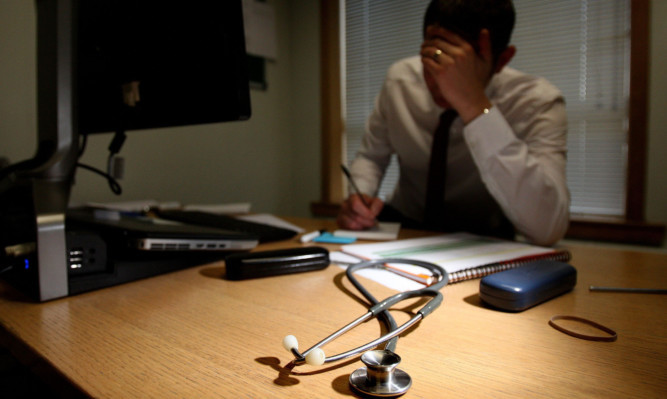Scottish Labour have called on the Scottish Government to accept the “mounting crisis” in general practice after research revealed a £1.1billion drop in GP investment in recent years.
Research from the Royal College of General Practioners (RCGP) Scotland found that the share of NHS funding spent on general practice in Scotland has been falling year on year, from 9.8% in 2005/06 to 7.8% in 2012/13.
This has led to a real terms cumulative loss of investment of £1.1billion, the study said.
The RCGP study says that general practice is a cost-effective part of the healthcare system in which to invest as it is more economical than other parts of the system and can prevent worsening of patient outcomes.
However it says that it will not be able to deliver positive change in the short, medium and long-term without “significant investment to increase the size of the workforce.”
Scottish Labour have warned about a looming crisis in family doctors in Scotland, and called on the Scottish Government to take action.
Scottish Labour Public Health spokesman Dr Richard Simpson, a former GP with more than 30 years’ experience, said: “The SNP Government in Edinburgh need to open their eyes and accept the mounting crisis in general practice which has happened under their watch, because of their spending decisions.
“Since they came to power the amount of money invested in family doctors has been slashed year on year. They have squeezed health spending in Scotland harder than the Tories in England and practices which serve our communities are feeling the effects.
“The next decade will see a huge number of our GPs retire and there simply are not enough doctors training in general practice or even staying in the country to replace them.
“Around two million patients in Scotland are served by under-staffed and under-resourced practices. This problem is not going to go away, it is only going to get worse and its effects will be felt through the NHS as patients unable to get appointments with their GP turn up at hospitals.
“We are seeing investment drop as demand increases. The SNP need to get a handle on this crisis as soon as possible – the first step is admitting there is a serious problem, and they are responsible for it.”
Public Health Minister Maureen Watt said: “This Government has increased the amount of funding for primary care by £81 million, or 12%, since 2006/7.
“Scotland continues to have the most GPs per head of population and spends the second highest per head in the UK on primary care. However we recognise that increasing attendances and recruitment challenges are putting additional pressure on GPs and that is why, last month, we announced an additional £60 million to be invested in primary care over the next three years.
“This additional funding is being invested to address immediate workload and recruitment issues, as well as putting in place long-term, sustainable change within primary care.
“We’re working closely with BMA Scotland and the Royal College of GPs to take forward this work and working with professionals across the health service, as well as patients and the public, to redesign our primary care services.
“We are also jointly working in Scotland with general practice to redesign the GP contract for implementation from 2017, which will take into account much of the learning from the next few years.
“In the interim period, we have agreed a period of contractual and financial stability for general practice until April 2017, the first time anywhere in the UK this has happened, while we review the contract more fundamentally, and to ensure that the pace of change is one which can be supported by general practitioners.”
